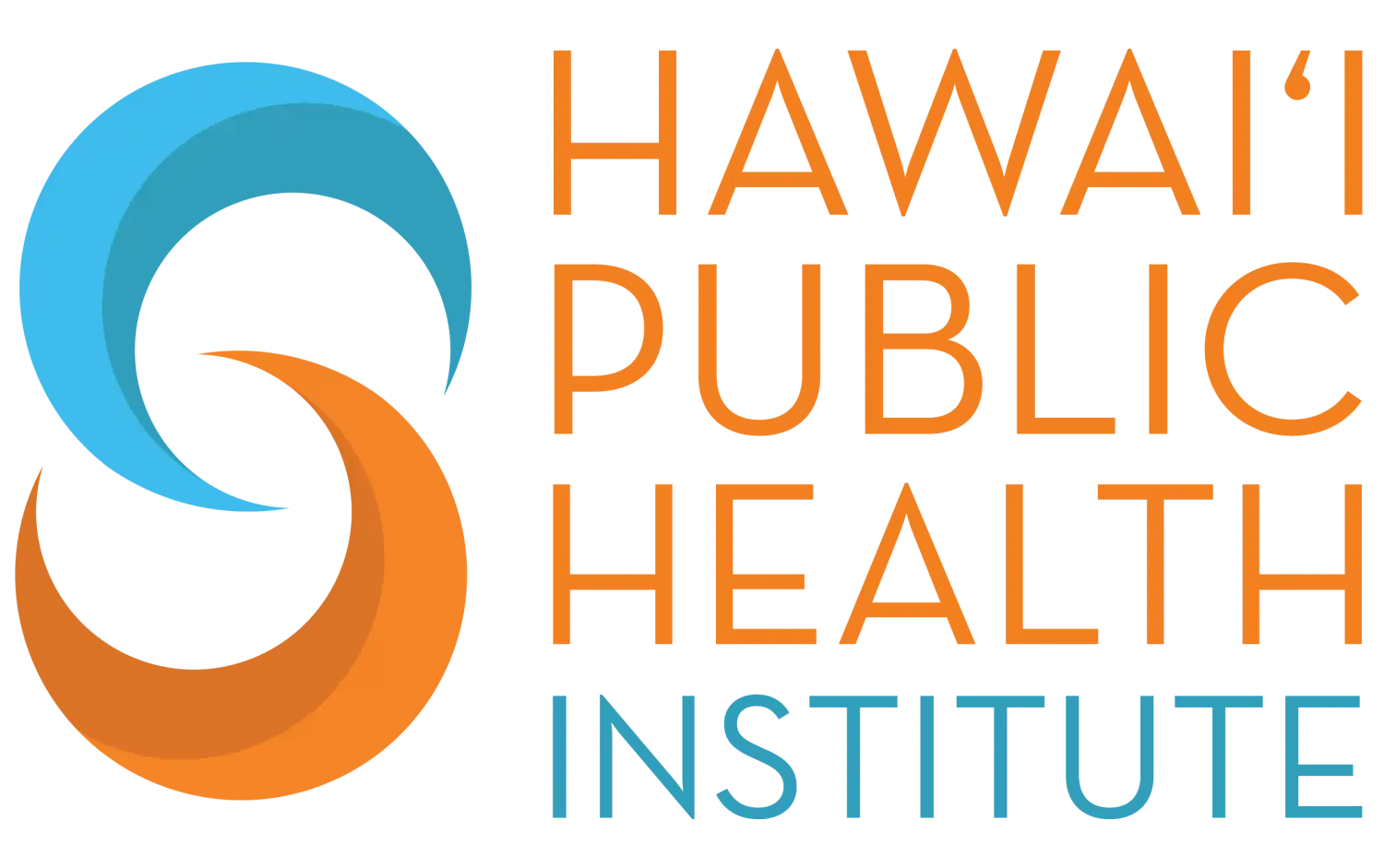EPA completes Phase 1 hazardous material removal at 1,448 properties in Lahaina, Kula

The US Environmental Protection Agency today reports it has completed its work under Phase 1 of the federal response to the wildfires in Lahaina and the Upcountry Maui communities.
“The deadly wildfires on Maui caused catastrophic damage and destruction to homes, businesses, and significant cultural and historic resources,” said EPA Incident Commander Chris Myers in a news release. “EPA has been honored to join other federal agencies, the State of Hawaiʻi, the County of Maui, local organizations, and Maui residents and elders to help begin the long road to recovery.”
EPA completed removal of hazardous materials from the fire impacted areas in Lahaina, Kula and Olinda. EPA conducted this work under a mission assignment from FEMA for the Maui wildfire response.
Since Aug. 17, EPA and its contractors, half of whom were hired locally, with assistance from the US Coast Guard, and in coordination with the County of Maui, Hawaii Department of Health, and the US Army Corps of Engineers completed the following:
- Completed hazardous materials removal from 1,374 residential and 74 commercial properties.
- Shipped 13 containers containing hazardous materials off Maui for disposal.
- EPA deferred 73 residential and 100 commercial properties to the US Army Corps of Engineers for hazardous materials removal because physical conditions prevented safe access to the properties.
- Removed batteries from 94 electric and hybrid vehicles and decommissioned 274 power walls in homes and businesses. EPA developed cutting edge procedures to de-energize and decommission the batteries for safe shipment and recycling off Maui. Two containers with more than 30 tons of decommissioned battery material were shipped off the island.
- At the request of the County of Maui, and to increase health and safety of residents, field crews, and the environment, soil stabilizer was applied to properties after hazardous materials were removed to prevent ash from mobilizing into the air or running off into streams and the ocean. Care was taken to avoid applying soil stabilizer to cultural and historic resources and other sensitive areas.
- The County of Maui and Hawaii Department of Health also requested that EPA set up five air monitoring stations in Lahaina to provide continuous data on fine particulate matter at EPA’s AirNow website. The State can monitor air quality and advise residents in the area.
To observe and protect important cultural resources and practices on Maui, EPA developed and implemented a cultural monitoring program. The program included hiring more than 20 cultural monitors to oversee work in the field; mandatory cultural awareness training for all EPA staff, contractors, and U.S. Coast Guard support personnel; and cultural advising to inform EPA’s community involvement program. Each day, before and after work in the burn zones, a pule, or Hawaiian prayer and blessing, was held with field crews. This cultural monitoring will be continued during the next phase of the cleanup.
The fires also damaged or destroyed underground drinking water and wastewater pipelines and above-ground pumping stations. EPA’s work includes a mission assignment from FEMA to support the County of Maui Departments of Water Supply and Environmental Management to address water infrastructure damaged by the fires. The EPA will continue to provide expertise throughout drinking water and wastewater recovery efforts.
While EPA’s mission to remove household hazardous material from burned properties and lithium-ion batteries from vehicles and power walls is finished, EPA’s work will continue on Maui, coordinating with the County on infrastructure repair and restoration and planning for the sustainable recovery in Lahaina and the fire-impacted areas.








